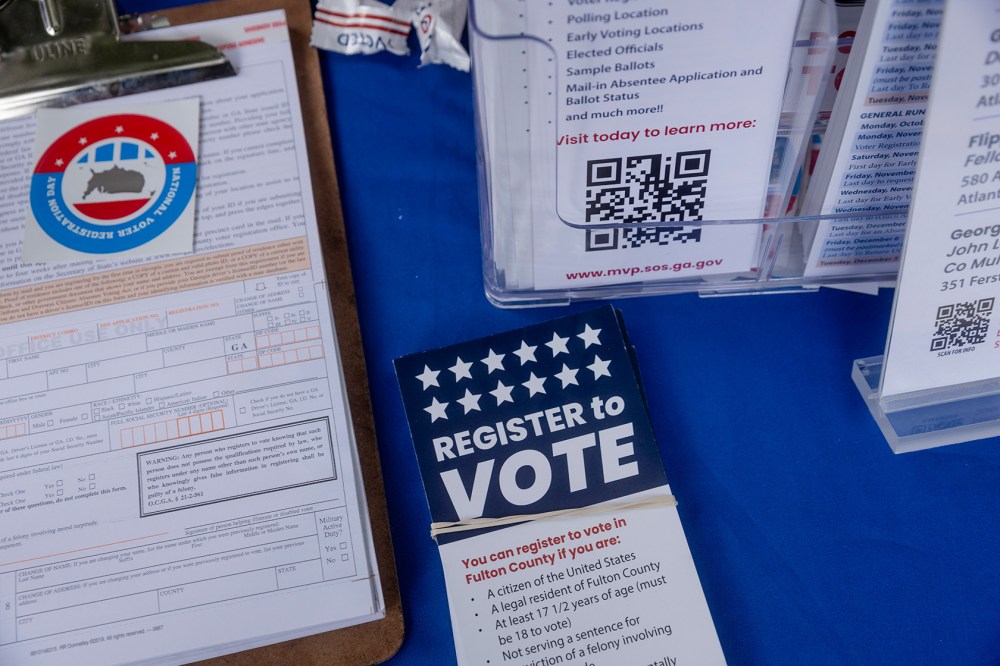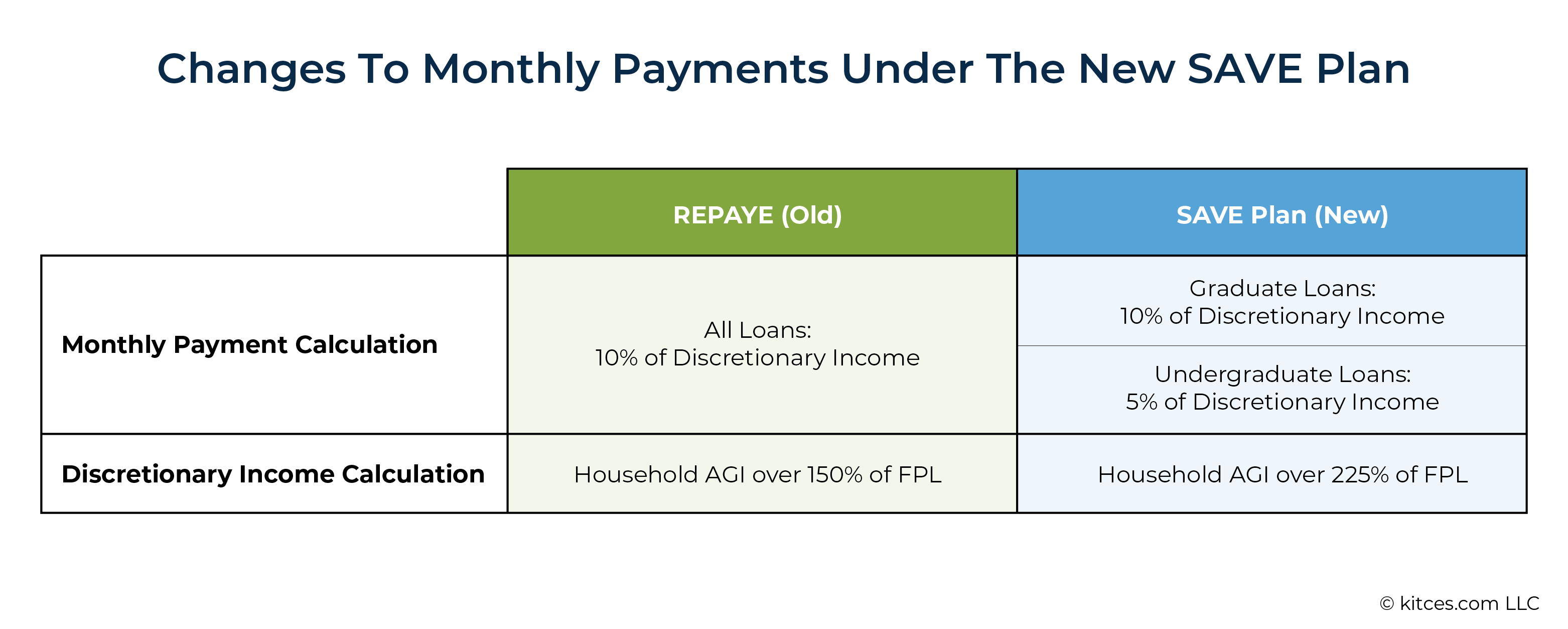Table of Contents
- Advocacy Issue: SAVE Act | AHA
- The SAVE Act Coalition Fact Sheet | Institute for Market Transformation
- SAFE Act
- Bipartisan SAVE Act Introduced; NC Legislators Aim to Increase Access ...
- What is the SAVE Act? What to know about proposed voting requirements
- SAVE ACT House Push | North Carolina Nurses Association
- The SAVE Act Would Disenfranchise Millions of Citizens - Center for ...
- How The New SAVE Plan Impacts Student Loan Planning
- SAVE Act - Understanding the SAVE Act: An Overview of the Stop All ...
- Will the SAVE Act save TRUMP? - YouTube


What is the SAVE Act?



Key Provisions of the SAVE Act



